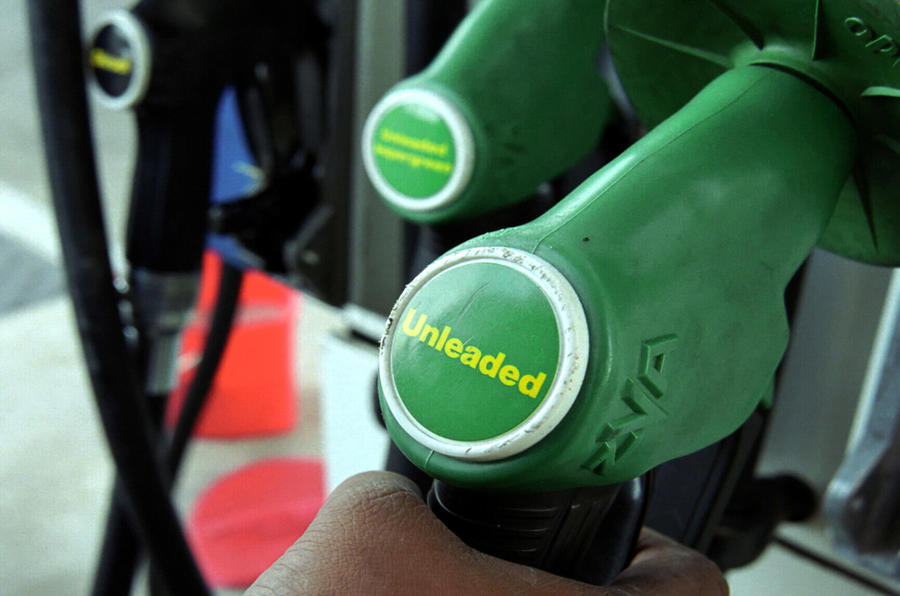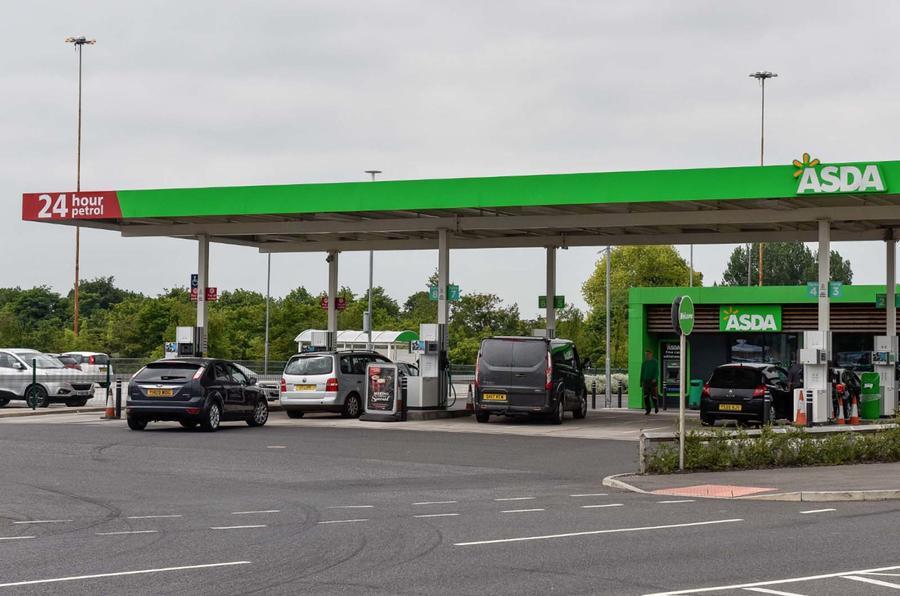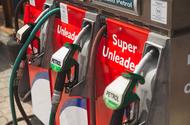This comes after news that fuel pump price wasn’t adjusted after a drop in wholesale cost
RAC slams supermarkets after margins soar; CMA report recommends creation of new fuel-price comparison app
The UK’s biggest supermarkets have “more than doubled” their profit margins on fuel since Russia invaded Ukraine last year, data from the RAC has shown.
Since the war in Ukraine began, profit margins for petrol have reportedly increased from 3.7ppl (pence per litre) to 5.7ppl, and margins for diesel have increased from 5.7ppl to 9.3ppl.
This comes after news that the pump price of fuel was not adjusted after a “significant” drop in its wholesale cost, resulting in profit margins hitting 20p in the weeks after the pump price high of 191.5p on 3 July 2022. This led to supermarkets gaining an average profit margin of 15ppl.
RAC fuel spokesman Simon Williams said: “With news that lower fuel prices were one of the main reasons for inflation falling to 7.9% last month, our data clearly shows that this could have been lower still had the supermarkets reduced their pump prices in line with cheaper wholesale costs.
“They appear to have capitalised on petrol in the early months of the war by upping their margin by 5p a litre in 2022, while they have increased their margin on diesel by nearly 8p this year to 15p by putting off reducing their prices when the wholesale price tumbled. Frighteningly, this is twice the average supermarket margin on diesel from 2019 to 2022.

“We hope artificially high pump prices will become a thing of the past due to the actions promised by the Government resulting from the Competition and Markets Authority (CMA) report earlier this month.”
The CMA report found that drivers paid on average 6p per litre more for fuel last year as supermarkets took advantage of weakened competition and inflated pump prices.
CMA chief Sarah Cardell, who said supermarkets were usually the cheapest place to buy fuel and market anchors, said the rising of prices would have had “a greater impact on vulnerable people, particularly those in areas with less choice of fuel stations”.
The report found the rise was instigated by Asda – which was also fined £60,000 for not co-operating fully with the CMA investigation – and Morrisons, the two cheapest fuel sellers, which last year each made the decision to target higher margins.
Asda’s fuel margin target in 2023 was more than three times what it had been for 2019, while Morrisons doubled its margin target in the same period.

Other retailers, including Sainsbury’s and Tesco, didn’t respond “in the way you would expect in a competitive market” and “instead raised their prices in line with these changes”, the CMA found.
“Taken together, this indicates that competition has weakened and reinforces the need for action,” the report added.
Diesel prices have also been slow to drop in 2023, partially down to Asda ‘feathering’ its prices (reducing them more slowly as wholesale prices fell) and other firms not responding competitively to that.
The CMA estimated that drivers have paid 13p per litre more for diesel from January 2023 to the end of May 2023 than if margins had been at their historic average.
“Competition at the pump is not working as well as it should be, and something needs to change swiftly to address this,” said Cardell.
As such, the CMA recommended a “fuel finder scheme” to give drivers access to live, station-by-station fuel prices on their phones or sat-navs. This would “help revitalise competition in the retail road fuel market”.
Cardell added: “We need to reignite competition among fuel retailers. This [scheme] would end the need to drive round and look at the prices displayed on the forecourt and would ideally enable live price data on sat-navs and map apps.”
The CMA also recommended bringing in a new monitoring body to “hold [the] industry to account”.
On this, RAC spokesman Williams said: “The fact that drivers appear to have lost out to the tune of nearly £1 billion as a result of increased retailer margins on fuel is nothing short of astounding in a cost of living crisis and confirms what we’ve been saying for many years: that supermarkets haven’t been treating drivers fairly at the pumps.
“It’s all about action now, and we very much hope the government follows through with both of the CMA’s recommendations.
“While forcing retailers to publish pump prices is a positive step for drivers, what’s of far more significance is the creation of a fuel-monitor function within government which, we very much hope, actively monitors wholesale prices to ensure forecourts don’t overcharge when the cost they pay to buy fuel drops.
“Without this, we fear drivers will continue to get a raw deal.”
Source: Autocar
